Businesses across all industries have been impacted by the coronavirus pandemic in one form or another. Manufacturing has been hit doubly hard, with COVID-19 affecting both consumers’ demand behaviors and suppliers ability to meet those needs.
For many manufacturers, COVID-19 has meant temporary closures, reduced workforce, social distancing, and other changes that add up to a decrease in production. Ramping up production will be crucial as soon as it is safe to do so, and engineered fabric buildings may just be the key to this increased output.
How COVID-19 Has Impacted Manufacturing
In late February and early March of 2020, the National Association of Manufacturers (NAM) conducted a survey of its members to see how COVID-19 might affect them. Of the 558 manufacturers surveyed:
- 78.3% said they expected a financial impact
- 53.1% said they expected a change in operations
- 35.5% said they were already facing supply chain disruptions
Fast forward five months, and we’ve now seen these expectations fulfilled. Development of industrial production began to drop in February and plunged by 18.2% in April. While production has since begun to pick up again, it was still 11.1% down from February’s levels in June.
When you consider all the individual ways that COVID-19 has impacted manufacturing, these impacts begin to seem less significant than they could be.
For instance, most manufacturing jobs cannot be carried out remotely. This means that for any manufacturing plants that were forced to close on-site operations, production was effectively halted.
Even for manufacturers that were considered “essential” (such as manufacturers of critical goods and suppliers to critical infrastructures) and allowed to stay open, social distancing measures often required reduced production — to allow for more space between workers or fewer workers in the building, for example.
Additional impacts of COVID-19 on manufacturers include:
- Supply shortages: Many manufacturers are affected by the closures of their suppliers, causing inventory shortages. For example, China (where the virus and thus the first closures originated) is the location of most of the raw material suppliers for world-wide manufacturers; and over 75% of businesses have one or more suppliers from China. Manufacturers must rely on inventory stockpiles until these and other affected suppliers can resume operations, and product shortages and/or price increases are likely once these stockpiles run out.
- Delays in fulfillment: Workforce shortages, travel bans, and quarantines are all barriers to fulfillment, making it difficult for manufacturers to get orders to their customers on time. Fulfillment delays may begin to impact manufacturers’ reputations and result in financial or even legal ramifications, especially if delays turn into shortages.
- Increased demand: Manufacturers of critical goods such as personal protective equipment (PPE) have seen increased (and even urgent) demand during COVID-19. For instance, Texas manufacturer Prestige Ameritech has increased its production from 250,000 masks per day to 1 million and still can’t keep up with demand. Some manufacturers are even transitioning from the regular products they produce to goods that are more necessary during COVID-19, such as distillers producing hand sanitizer rather than (or in addition to) alcoholic beverages.
Whether manufacturers need to make up for decreased production (and revenue loss) due to closures, workforce shortages, or lack of inventory or they need to meet the increased demand for PPE and other critical goods, ramping up production will be crucial. This means being ready not only to return to normal production levels, but to increase output once it is safe to do so.
Engineered Fabric Buildings for Additional Manufacturing Space
Increasing production will require manufacturers to secure additional workforce, equipment, inventory, and space.
While manufacturers can hire more employees and order more equipment and inventory, perhaps the most challenging of these will be creating additional workspace. Existing warehouses may not be sufficient to house the increased levels of manufacturing that will be necessary, and yet constructing additional warehouses for this purpose alone isn’t feasible.
To solve this dilemma, many manufacturers are turning to engineered fabric structures to increase manufacturing space post-COVID-19.
While these pre-engineered structures offer the durability and protection of typical construction methods, they are much quicker to construct. Prefabricated buildings are also easy to transport to any location in the world, and can easily be relocated or disassembled and stored, should additional manufacturing space no longer be required.
This last benefit is especially important in the volatile market that COVID-19 has created, in which demand for certain products has drastically fallen off — and demand for others has skyrocketed.
Engineered polyvinyl fabric buildings quickly provide additional manufacturing space and space for social distancing while working. The Centers for Disease Control and Prevention (CDC) recommends that manufacturers set up workstations 6 feet apart to reduce the likelihood of disease spread.
Because they can be made to order, custom-built structures can create the exact amount of space that you require to protect your employees and equipment.
Read More! Three Ways Fabric Structures Can Improve Manufacturing Facilities
Alaska Structures’ Manufacturing Solutions
Alaska Structures® is the leading provider of engineered fabric buildings and offers many solutions for manufacturers needing to ramp up production capabilities post-COVID-19.
Our 40-feet wide by 60-feet long DAGB Series building model is particularly suited for use as warehousing for manufacturers, with an open span design that accommodates large equipment and an optional rail-based roller and track system that can be securely anchored to any level surface, including roadways, dry docks, and ISO containers.
Alaska Structures offers numerous building models and hundreds of sizes, styles, and configurations so that you can custom-design the exact high-performance building to meet your needs. We can even provide modular office buildings and portable office solutions for on-site office space at your manufacturing plant.
Whatever prefabricated building solution(s) you choose, all Alaska Structures products are suitable for both temporary or permanent use. Our engineered fabric buildings pack small for easier (and more cost-effective) transportation, are easily set up and taken down with minimal skill requirements, and have minimal foundational requirements for construction.
Our frame systems are made of either aircraft-grade aluminum or high-strength galvanized steel and our long-lasting architectural membranes are capable of withstanding year-round use in any climate. Unlike other pre-engineered structures, our custom-designed fabric structures are engineered to meet the specific wind and snow loads in your area, providing an unmatched level of safety and durability.
Additional optional benefits include:
- Proprietary insulation systems that improve energy efficiency and maintain a comfortable internal temperature year-long, regardless of the climate or outside temperature
- Translucent skylight material that uses natural light during the day to reduce energy usage and costs while promoting a safe and bright work environment.
- Plug-and-play lighting and electrical systems available in 50 Hz and 60 Hz, reducing the need for expensive electricians¹
- A large selection of equipment and personnel doors, windows, modular flooring systems, HVAC, and vehicle exhaust systems
- A large selection of fabric colors and patterns
- Branding capabilities (add your company logo to any building system)
To learn more about how our custom-built structures can help you boost your manufacturing production after COVID-19, reach out to one of our friendly building specialists today:
Telephone: +1-907-344-1565
Submit an Online Inquiry
¹ A certified electrician may be required to connect the electrical distribution panel to shore power or local power utility. Please check with your local or state requirements.
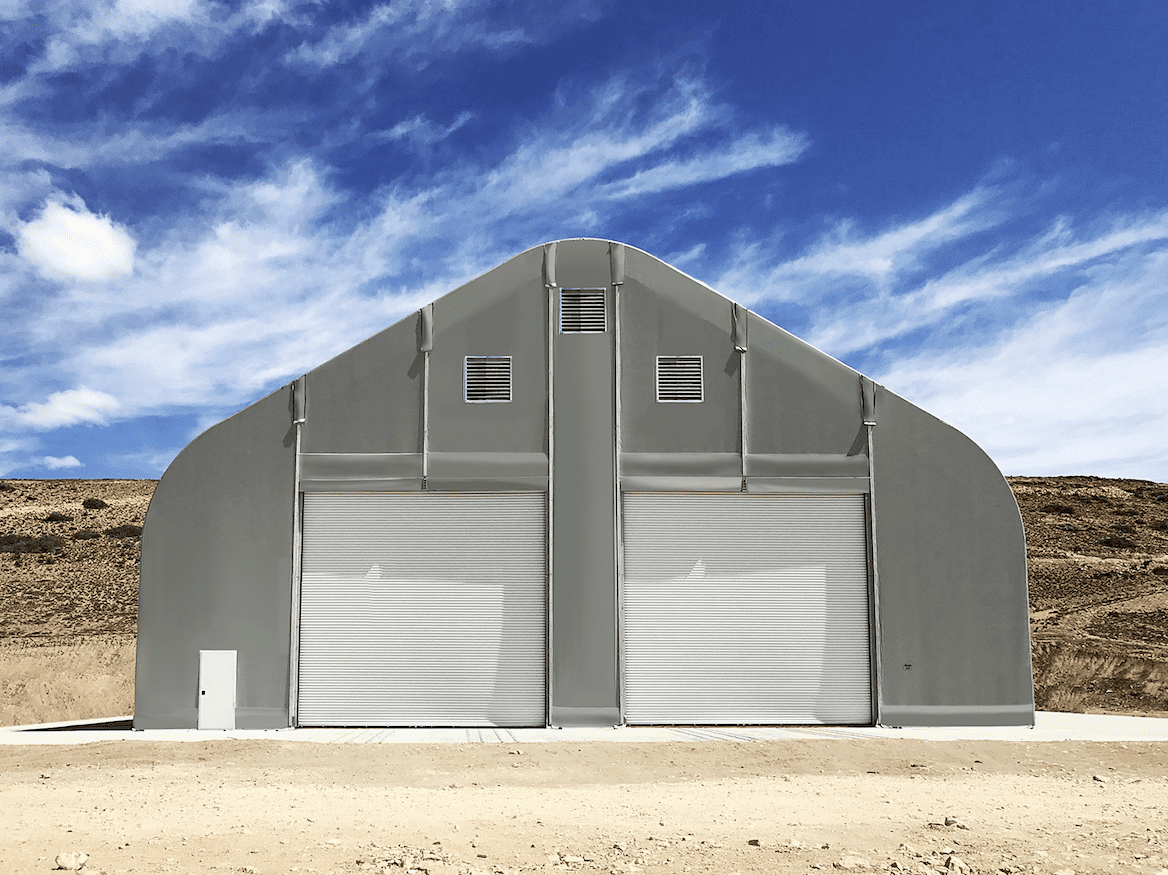


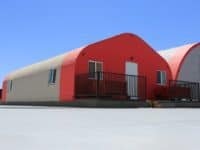

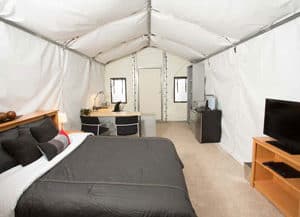

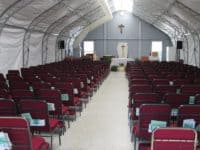
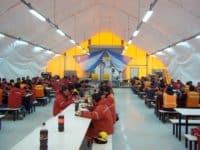
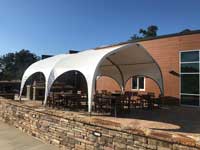
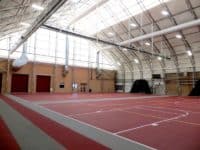
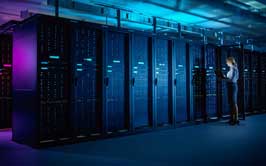
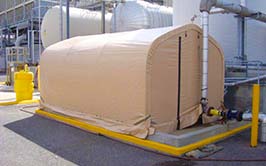

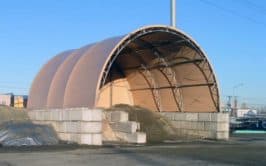
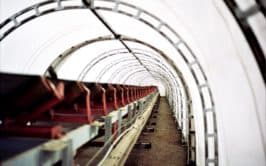
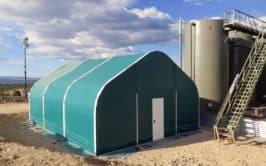


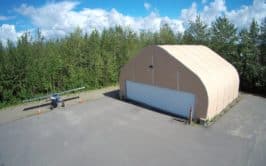
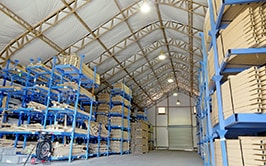
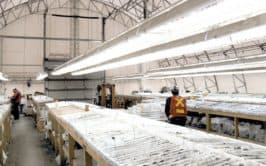
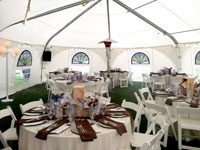
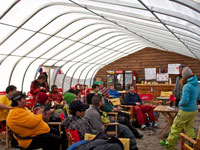

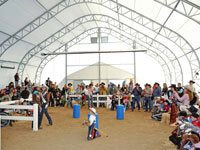
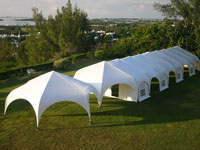

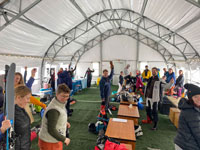
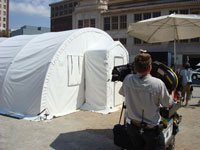
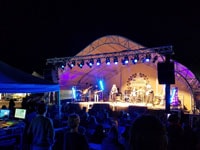




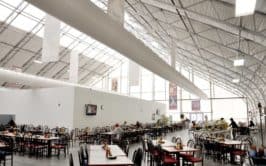

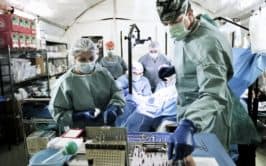




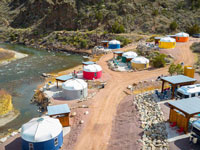
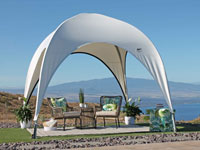

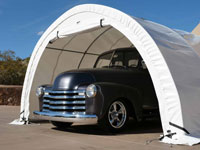
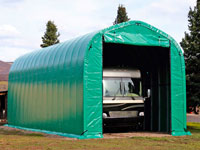




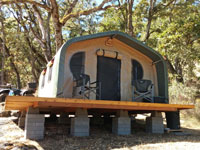
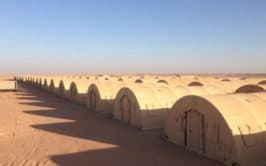
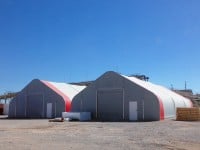
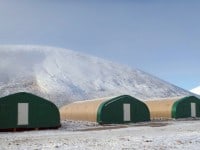
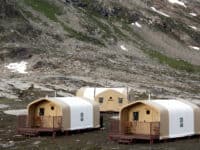
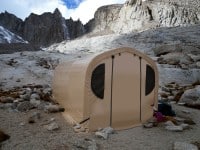
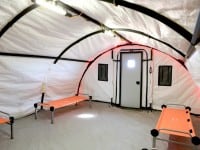
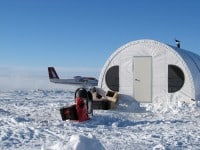
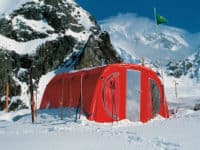
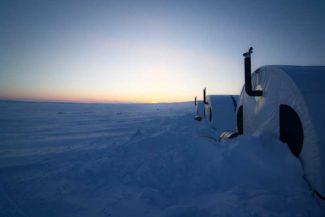

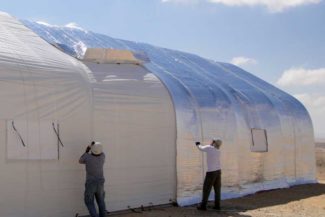


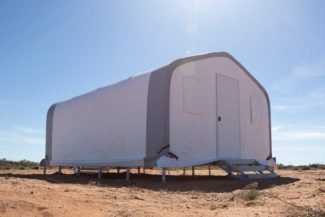

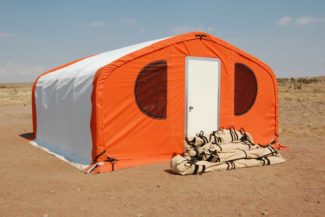




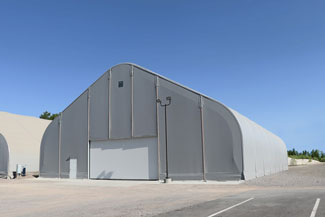

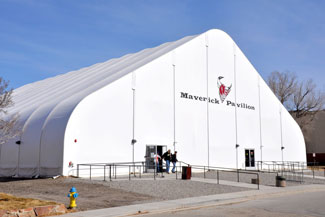
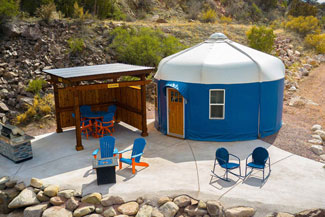
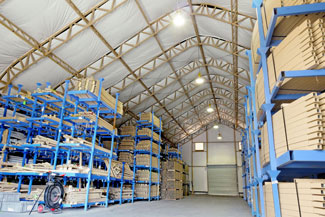

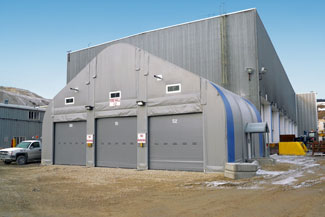
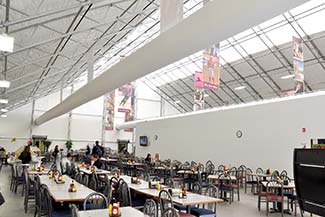

Leave a Reply